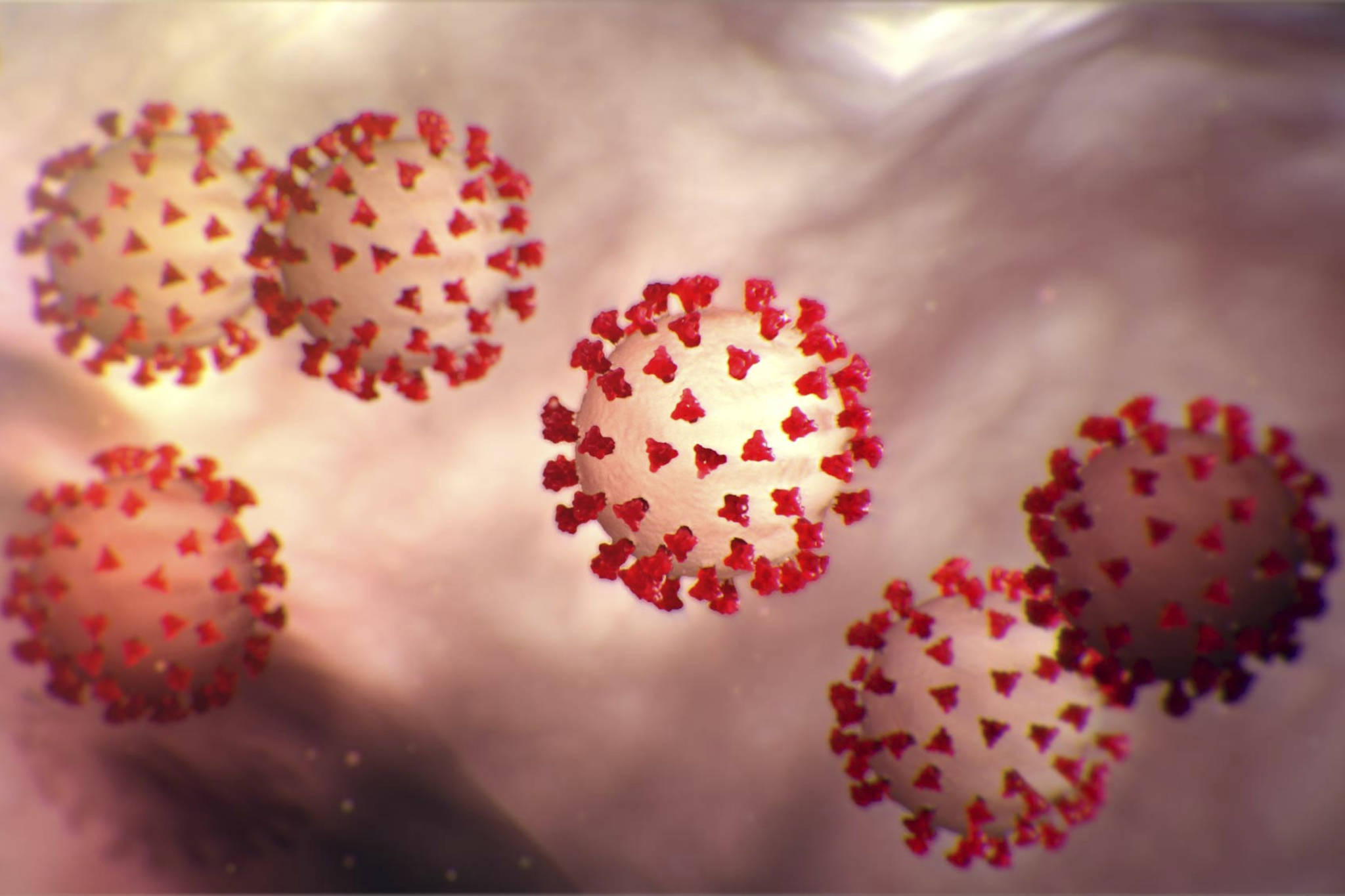Submitted by the Washington State Department of Health
The Washington State Department of Health and Bellevue-based Institute for Disease Modeling released two new reports on July 2 analyzing COVID-19 data by age, race/ethnicity and primary language spoken. Both reports highlight the pandemic’s disproportionate and increasing impact on communities of color. The IDM report also points to recent increases in COVID-19 among younger people.
DOH’s report analyzes data for the entire pandemic to date, from the earliest cases of COVID-19 in Washington state through the end of June. It includes confirmed COVID-19 case, hospitalization and death rates by race and ethnicity for the state as a whole and by region. The report also includes percentages of cases and hospitalizations by the patient’s primary language spoken and will be updated regularly.
Report findings include:
• Case rates over the pandemic for Hispanic people and Native Hawaiian or Other Pacific Islander people are nine times higher than those of White people. Hospitalization rates are seven times higher for Hispanics and ten times higher for Native Hawaiians or Other Pacific Islanders than those of White people. Case and hospitalization rates for Black people and American Indian or Alaska Native people are three times higher than those of White people.
• Compared to White people, death rates are over three times higher among Hispanic people and Native Hawaiian or Other Pacific Islander people, twice as high among American Indian or Alaska Native people, and over 50 percent higher among Black and Asian people.
• Analysis of these rates by region shows COVID-19 is found in significant numbers across racial and ethnic groups throughout the state and is not confined to certain areas, such as rural, urban or suburban regions.
• While limited data on primary language must be interpreted with caution, this analysis provides additional insight into community-specific impacts and related inequities. For example, high rates of hospitalizations among people whose primary language is not English or Spanish suggests these populations may be experiencing more severe disease due to increased exposures and/or barriers to quality and affordable care.
“We know the COVID-19 pandemic has intensified the health inequities historically marginalized and oppressed communities already experience,” said Dr. Kathy Lofy, state health officer at DOH. “These data are deeply concerning and underline the critical need to address the COVID-19 impacts we’re currently seeing by prioritizing outreach, testing, education and related materials for disproportionately impacted communities in ways that are culturally and linguistically appropriate and accessible.”
DOH will monitor this data for changing trends to inform the state’s COVID-19 response.
IDM’s report examines changes in the age and race of COVID-19 cases over time. Report findings include:
Cases have recently been shifting to younger age groups. People under age 35 represented 22 percent of cases from January to March, and by May/June represented 46 percent of cases.
Cases are increasingly concentrated in Hispanic people, who have accounted for 58 percent of COVID-19 cases with known race and ethnicity since the beginning of May despite making up only 13 percent of the state’s population. Hispanic people may be at higher risk of infections for several reasons, including living in larger households, limited access to healthcare and working in essential services.
Recent data show Native Hawaiian or Other Pacific Islander people have the highest risk of disease on a per capita basis.
During May and June, Hispanic people were 13 times more likely and Native Hawaiian or Other Pacific Islander people were 17 times more likely to get COVID-19 compared to White people.
The groups experiencing a higher COVID-19 burden in June are largely the same groups that have been disproportionately impacted in previous months, but the disparities among groups are widening.
“Public health interventions worked early in the COVID-19 epidemic to control cases, but communities of color experienced less of that benefit,” said Dr. Marita Zimmermann, research economist at IDM. “Now more and more young people of color in Washington are getting infected. COVID-19 exploits the inequities in health and wellbeing in our society, and this analysis sheds light on the people most in need of protection.”
You can find more COVID-19 data on the DOH data dashboard and IDM’s InfoHub.
IDM shapes global efforts to eradicate infectious diseases and to achieve permanent improvements in the health of those most in need. By developing, using, and freely sharing computational modeling tools, we advise policymakers, promote quantitative decision-making and advance scientific methodologies.
IDM is an institute within the Global Good Fund, a collaboration between Intellectual Ventures and Bill and Melinda Gates.
IDM is contributing to modeling and analytic services to local and state governments to support COVID-19 response efforts.
The DOH website is your source for a healthy dose of information. Find us on Facebook and follow us on Twitter. Sign up for the DOH blog, Public Health Connection.
Find the DOH’s report on https://www.doh.wa.gov/Portals/1/Documents/1600/coronavirus/RaceReport20200702.pdf. Read IDM’s report at https://covid.idmod.org/data/Inequities_in_COVID-19_dynamics.pdf.



